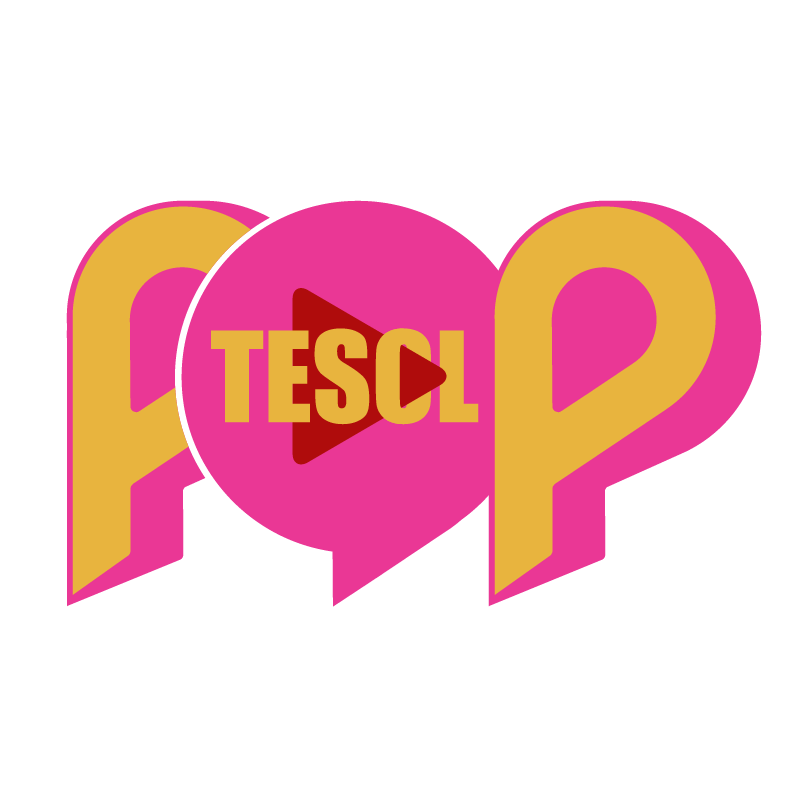Learning Myths
If you enjoyed listening to the first TESOL Pop podcast episode on Myths in Learning and Teaching and would like to learn more, then check out the following sources to research the different myths mentioned in the podcast.
Myth 1: Younger learners learn best
Muñoz, C (ed.): Age and the Rate of Foreign Language Learning, 2006
Read, C. Is younger better?, 2003
Myth 2: Younger generations demand more technology
Prensky, M, Digital Natives, Digital Immigrants, 2001
Since Prensky's publication on Digital Natives in 2001, there have been numerous publications and studies that debunk his arguments, such as the one below.
Beetham, H; Sharpe, R, Rethinking Pedagogy for a Digital Age: Designing and Delivering E-Learning, 2007
Myth 3: Reading helps us to acquire vocabulary
Waring, R; Taktaki, M, At What Rate do Learners Learn and Retain New Vocabulary from Reading a Graded Reader? Reading in a Foreign Language, Volume 15, Number 2, October 2003.
Myth 4: Learners have a preferred learning style
Marshik, T. Learning Styles and the Importance of Critical Self-Reflection. TEDx Talk
Myth 5: Vocabulary should be taught in semantic sets
Folse, K. Myths about Teaching and Learning Second Language Vocabulary: What Recent Research Says. In: TESOL Reporter 37, 2 (2004), pp. 1-13.
